Ever been stuck in a mental loop?
You try to work out the right solution but you keep bouncing from one idea to another (then back again) without any clear answer.
We’ve all been there. And while some decisions need more time to figure out, the following mental models will cut down how long you need to spend.
Let’s dive in
1. First principles thinking
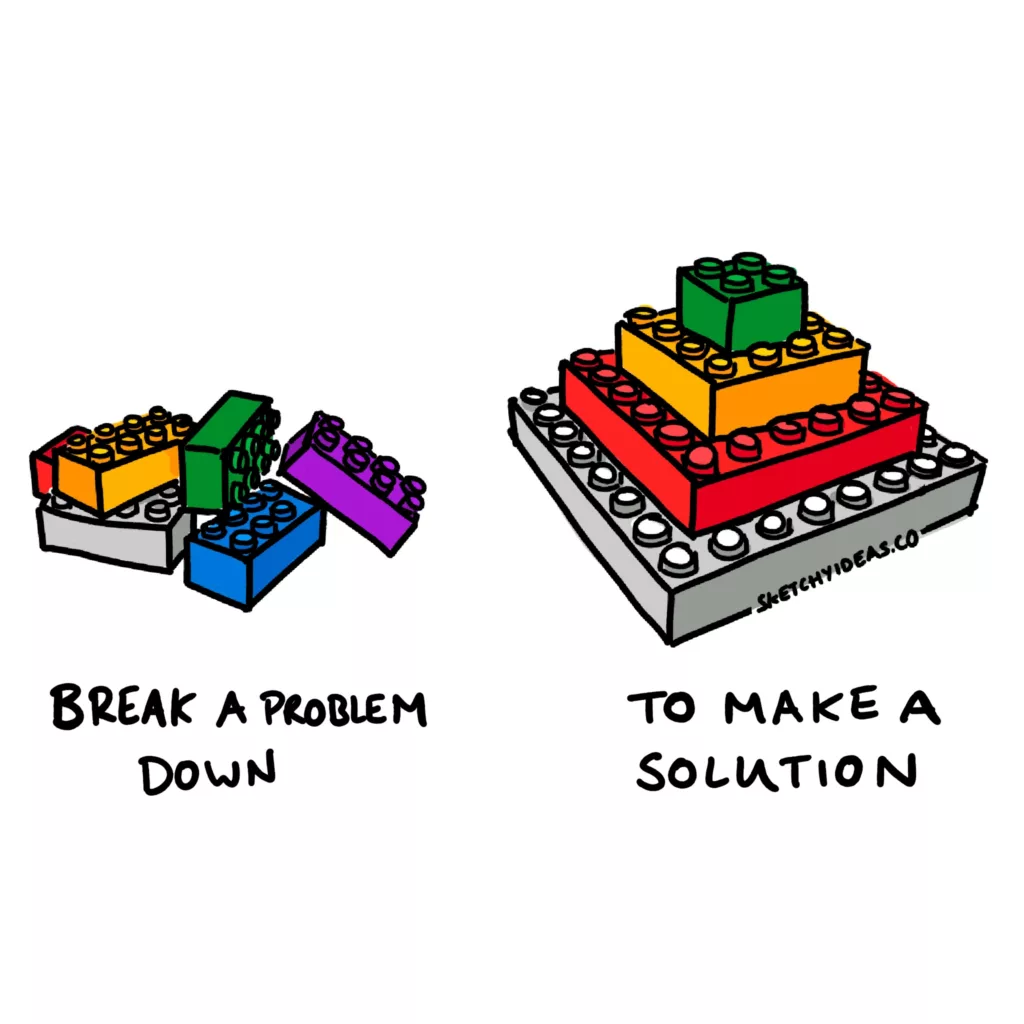
First principles thinking is an idea recently made famous by Elon Musk but goes all the way back to Aristotle.
It’s about breaking a problem down into its parts. Questioning the assumptions of each part. And then finding solutions to those issues.
Read this article to go into more depth.
2. Second-order effects
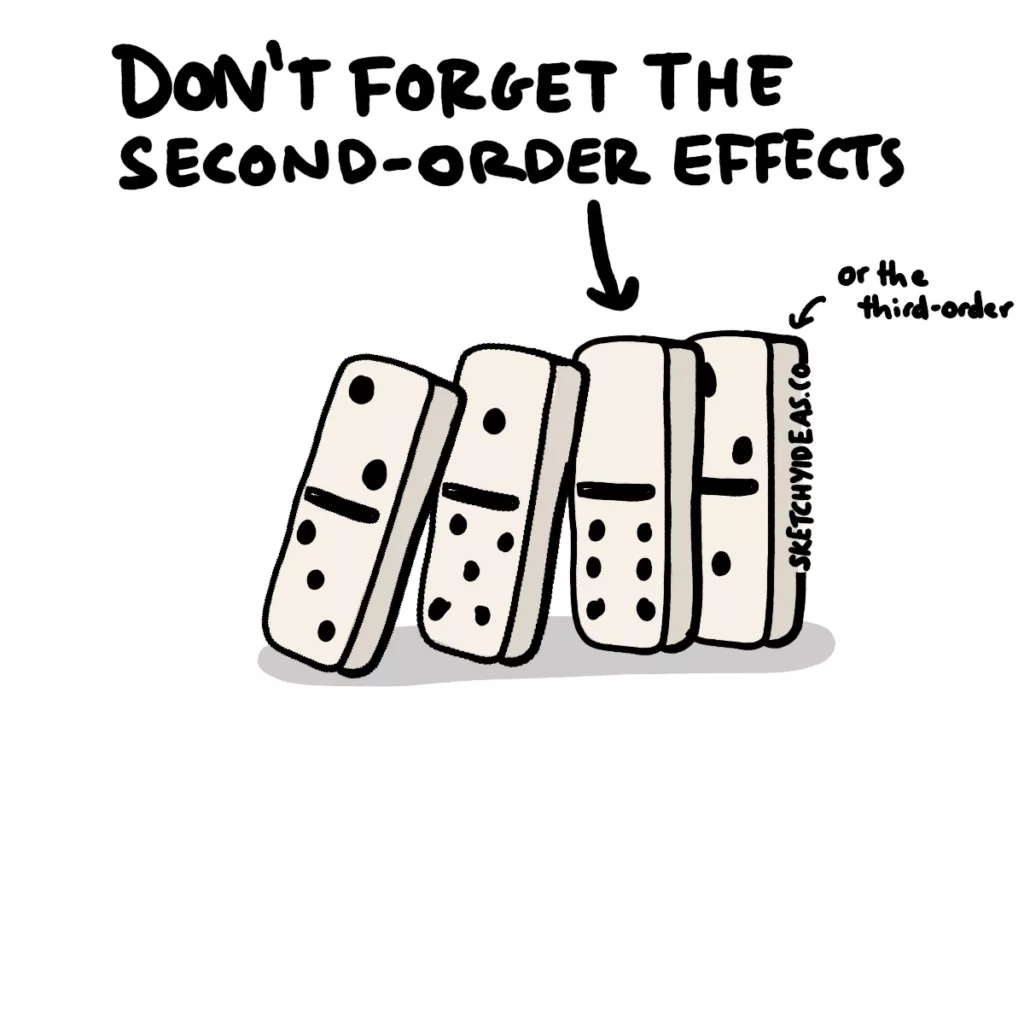
Most people consider the immediate impact of their actions (but not everyone!)
Far fewer people consider the second (and third!) -order effects.
These are the repercussions of the repercussions or the side effects of your side effects.
Here’s the simplest example: A company wants a programmer to work on one project. They consider the time it will take them to do the project and assign it (first-order effects) but they don’t think about the support tickets they can’t do during that time (second-order effects).
Check out this article for more depth.Subscribe
3. Circle of Competencies
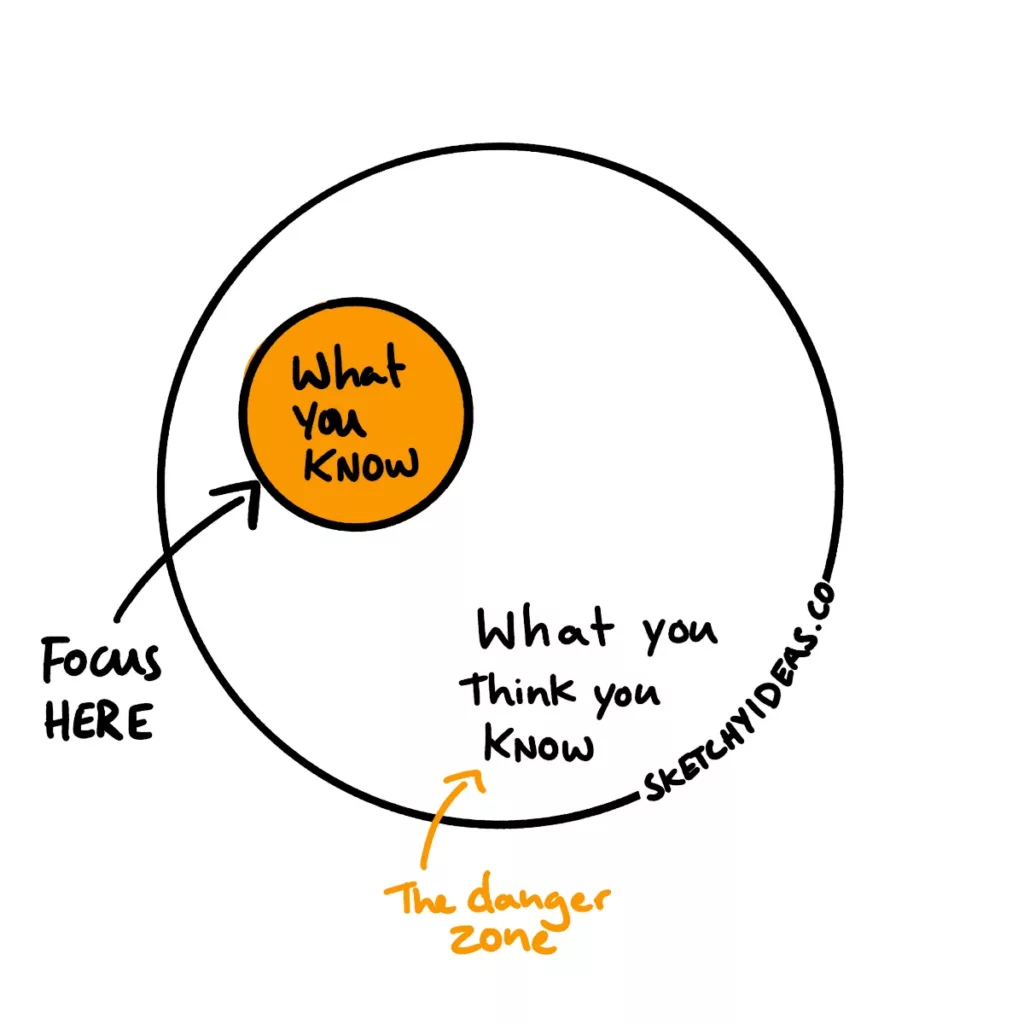
We all have certain expertise and skills.
There are things we know in-depth, and things we know less well.
We tend to want to improve our weaker areas of knowledge and so spend more time on them. After all, that’s what happens if you lag behind in a subject at school. But Warren Buffet has a different approach.
Focus on your strengths and know your limits.
If you know what you don’t know, you can find someone else to plug those gaps.
4. The Pareto Principle
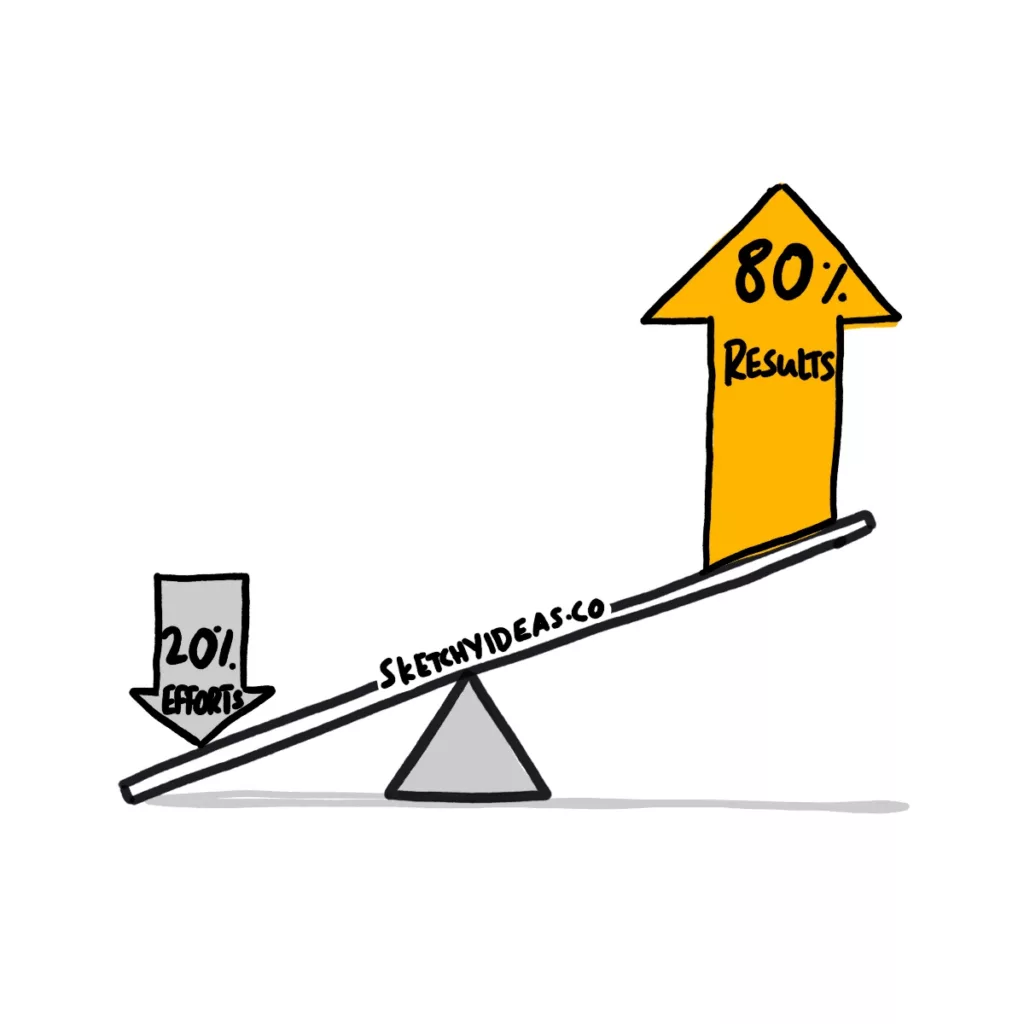
Some of your efforts will lead to oversized results.
That was the discovery of Vilfredo Pareto.
He observed that 20% of Italian farmland produced 80% of its produce. And that wasn’t the only example.
Since his discovery, people have found the Pareto distribution in many other areas (sometimes higher, sometimes a bit lower).
The point is this.
Focus your energies on what brings the greatest results, rather than those which bring the fewest.
5. Inversion
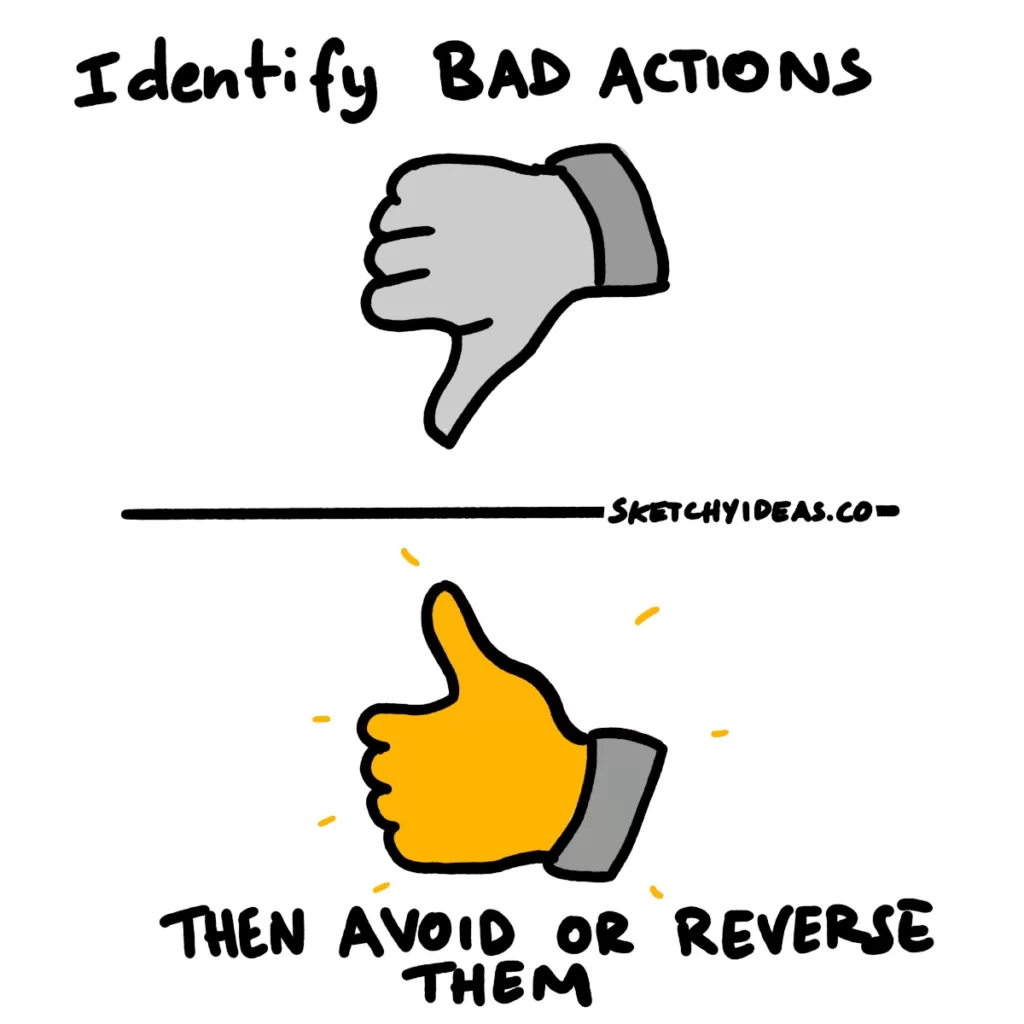
Working out the best idea can be very difficult.
Avoiding or reversing the worst actions is a lot easier. That’s the power of inversion.
Take happiness for example.
One of the easiest ways to guarantee you are unhappy is to try and make yourself more happy! As Viktor Frankl said
“For success, like happiness, cannot be pursued; it must ensue…”
So instead of trying to be happy, it’s better to avoid and invert the things that make people unhappy. I.e. make sure you get enough sleep, eat well, move your body, and spend time with people.
Multiply by zero
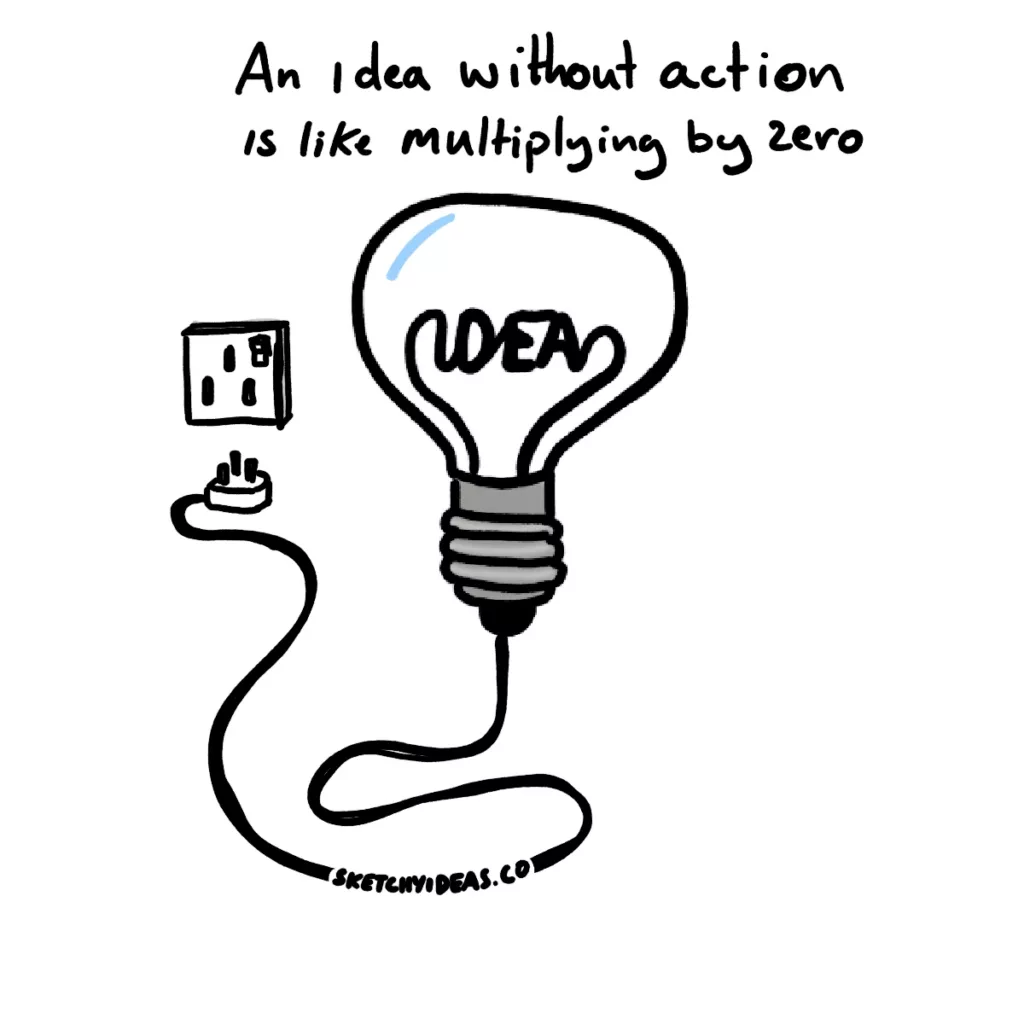
Quick maths lesson: anything multiplied by zero is zero.
Why does this matter? Well, there are some situations like this in life.
No matter how much energy or effort we put into changing one factor, it doesn’t matter if the other is zero. First, we need to change what’s wrong.
A simple example is if your website is down. It doesn’t matter how many people go and visit it if there’s nothing to see there.
Occam’s razor
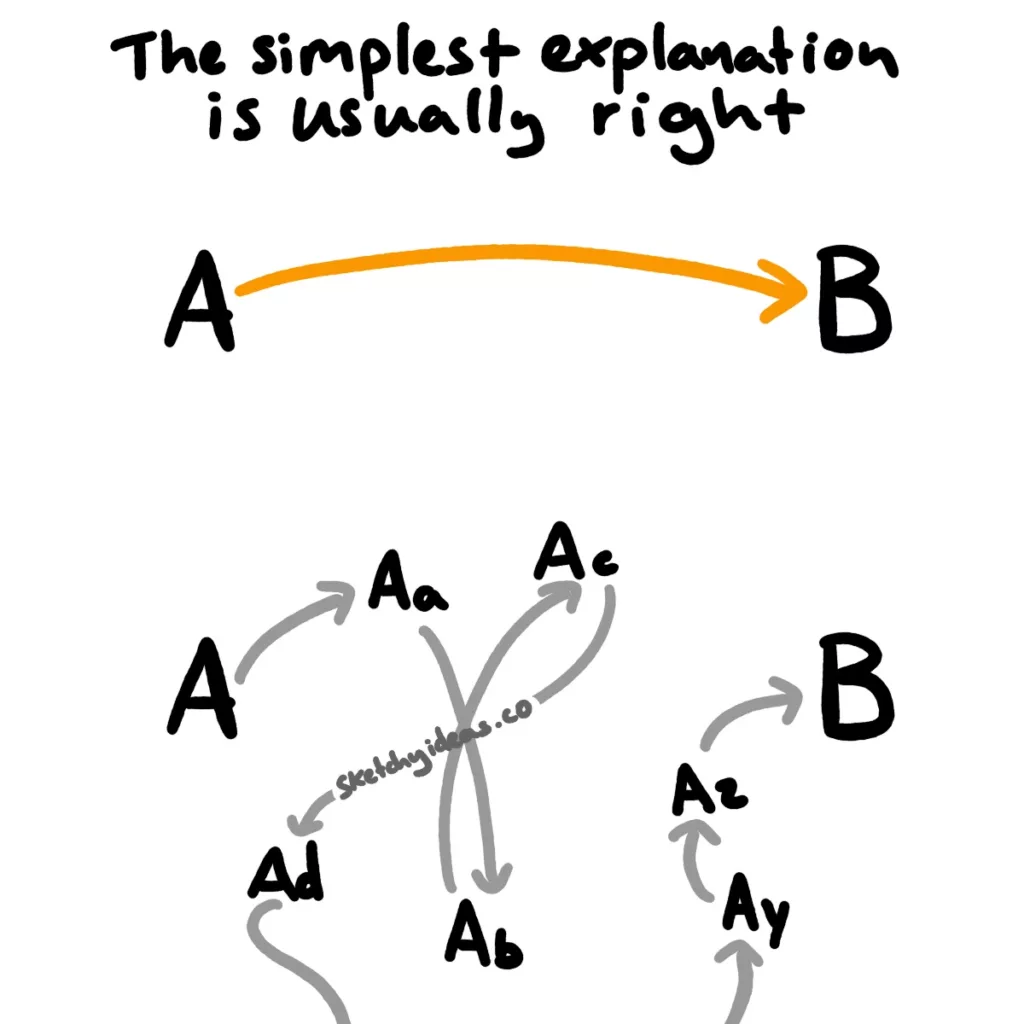
Occam’s razor is one of the most misunderstood ideas in the world.
It states that
All else being equal, the simplest explanation with the fewest assumptions is usually true.
So if you suggest “aliens did it” for who built the pyramids, that’s not Occam’s razor as it has more assumptions and requires additional evidence.
But if you had to pick between explanations for a mistake at work, something like “a person forgot to do what they should” is more likely than some grand conspiracy to undermine your position.
Want to learn more? Check out this article.
Probabilistic thinking
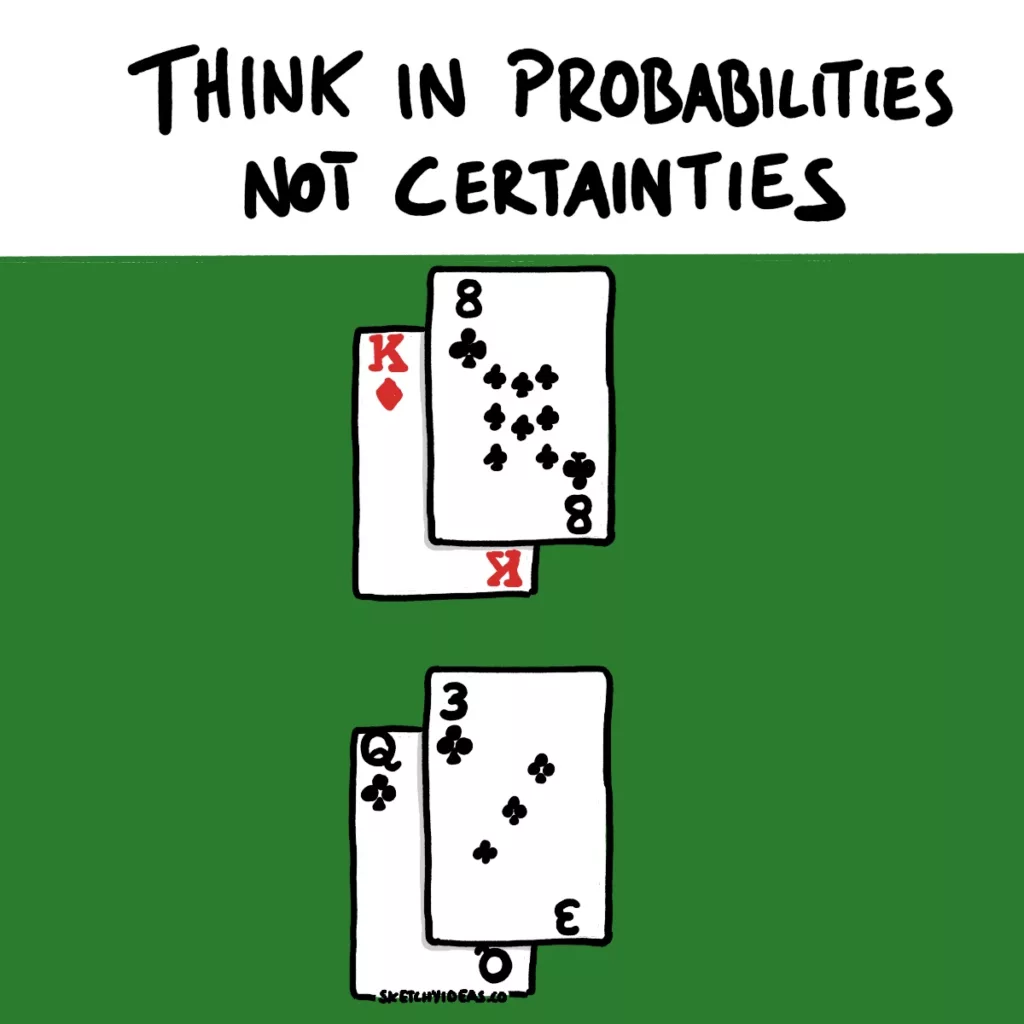
We tend to think of outcomes as certain or impossible.
The truth is more complicated.
Certainties are rare, and impossibilities do occur. In reality, outcomes are more or less likely. It’s why two people can do the exact same thing, at the same time, in the same place, and one gets lucky and has success, but the other doesn’t.
By switching to thinking in probabilities, we can avoid being blinded by greed and ego and find it easier to accept when our best plans fail.
Find out more about probabilistic thinking here.
Reversible vs irreversible decisions
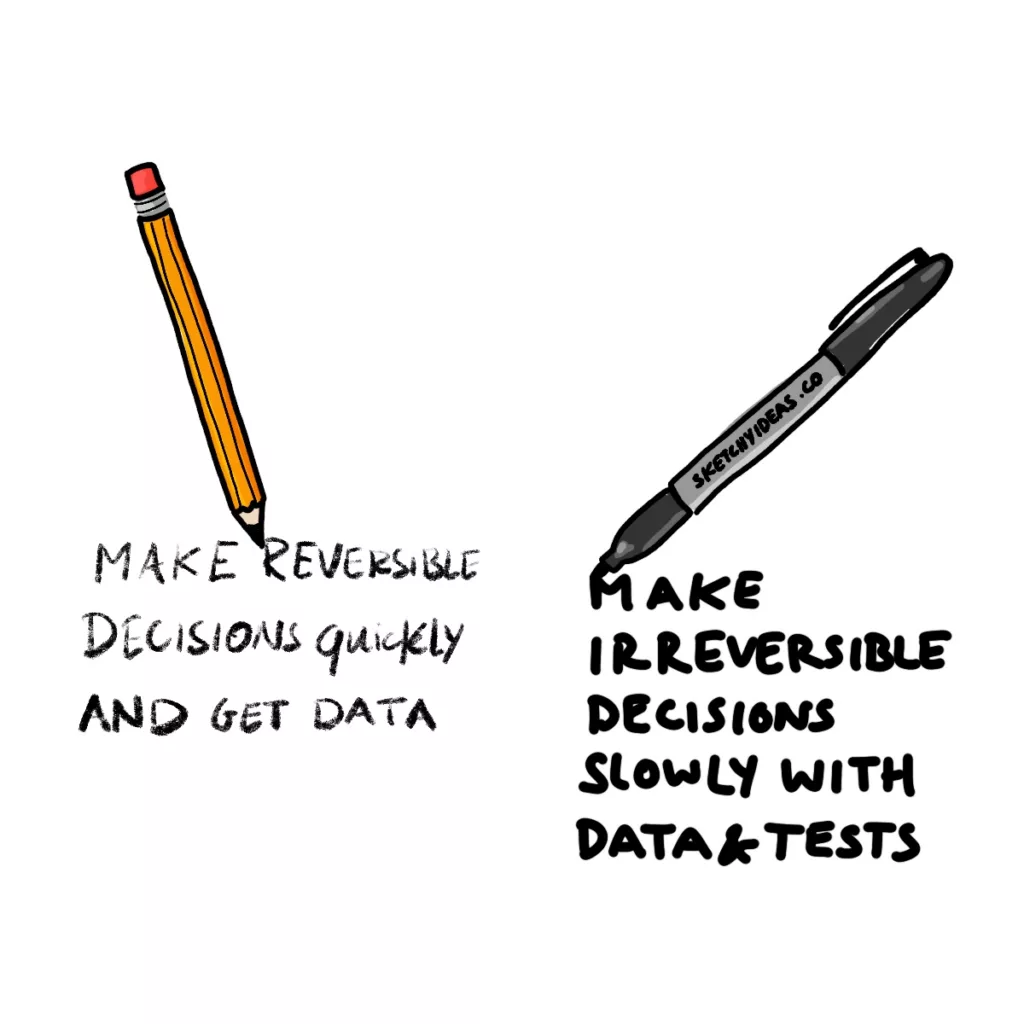
Some actions can easily be undone, like walking down a path.
Others, can’t; like jumping out of a plane.
No one would causally jump out of a jet and then work out if they had the right equipment, plan and training, and yet many people do the equivalent in business.
So if a decision is irreversible — and high-stakes! — approach it with care. Look at all the evidence you can, and if possible, do small tests.
But if you have a reversible and low-stakes decision, go ahead and take action now. You’ll be able to quickly correct it in the future.
Eisenhower matrix
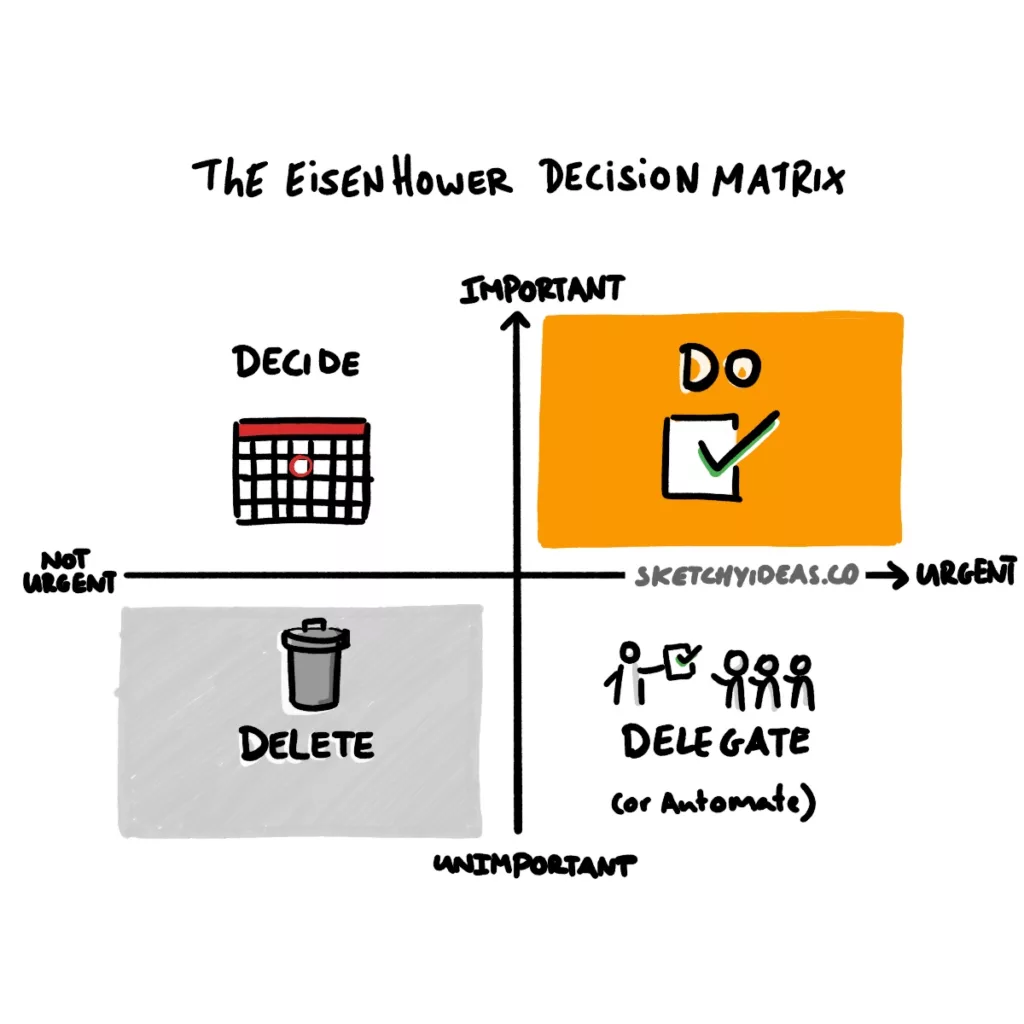
Most of us spend too much time on unimportant tasks and rushing from one urgent task to another.
But most successful people of influence manage to avoid this trap. Instead, they focus on the important tasks, managing to handle the urgent while also devoting time to the non-urgent but important tasks.
The first step to making the change? Categorising our tasks, prioritising what really matters and eliminating or delegating what doesn’t. That’s where former President Dwight Eisenhower’s decision matrix is so helpful.
Enjoyed these visuals?
If you’ve enjoyed this newsletter, please show some love on Twitter (X) or LinkedIn (or you can forward it to a friend).

Leave a Reply